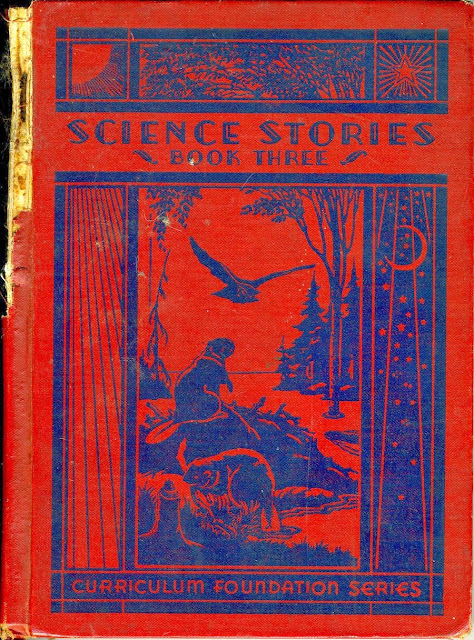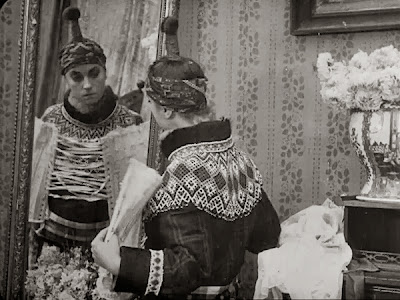Seeing that NPR recently published its list of the 'Top 50 Albums' of 2013, my mind turned to a question asked last year by a freshman student in my class: "What's an album?" It's actually a very reasonable question, in a time when downloaded music far outpaces the sales of physical "units" of any kind, and most younger listeners pick and choose the songs they want, and put them on playlists without any regard for what "album" they appeared on.
The first "albums" were notebooks; the term derives from album, Latin for "white," which was figuratively used for a blank tablet, and later a blank book, in which friends might leave their thoughts (this was called an album amicorum). In the later nineteenth century, the term was applied to photograph albums, with blank paper leaves upon which photos could be affixed with glue. And, in the early days of recorded music, when a single 10-inch 78 rpm disc could hold only 8-10 minutes of music, longer works -- concertos, symphonies, and so forth -- were issued in a bound volume, with a sleeve for each disc needed to play the complete work -- this was the phonograph album. The term was carried forward when LP (for Long Playing) 33 1/3 discs were first released in 1948, since each of them contained up to 45 minutes of music, which could include perhaps ten or twelve individual popular recordings, which previously would have been contained in a multi-disc album. In the late '60's and '70's, the "concept album" took advantage of the format to create a carefully sequenced series of interlocking songs -- sometimes, as with Abbey Road, 'gapless' -- which constituted a whole.
But alas, our albums are no longer held together with paper and glue, nor with any material substance -- but only by the dream-stuff of our imaginations.
The first "albums" were notebooks; the term derives from album, Latin for "white," which was figuratively used for a blank tablet, and later a blank book, in which friends might leave their thoughts (this was called an album amicorum). In the later nineteenth century, the term was applied to photograph albums, with blank paper leaves upon which photos could be affixed with glue. And, in the early days of recorded music, when a single 10-inch 78 rpm disc could hold only 8-10 minutes of music, longer works -- concertos, symphonies, and so forth -- were issued in a bound volume, with a sleeve for each disc needed to play the complete work -- this was the phonograph album. The term was carried forward when LP (for Long Playing) 33 1/3 discs were first released in 1948, since each of them contained up to 45 minutes of music, which could include perhaps ten or twelve individual popular recordings, which previously would have been contained in a multi-disc album. In the late '60's and '70's, the "concept album" took advantage of the format to create a carefully sequenced series of interlocking songs -- sometimes, as with Abbey Road, 'gapless' -- which constituted a whole.
But alas, our albums are no longer held together with paper and glue, nor with any material substance -- but only by the dream-stuff of our imaginations.















































